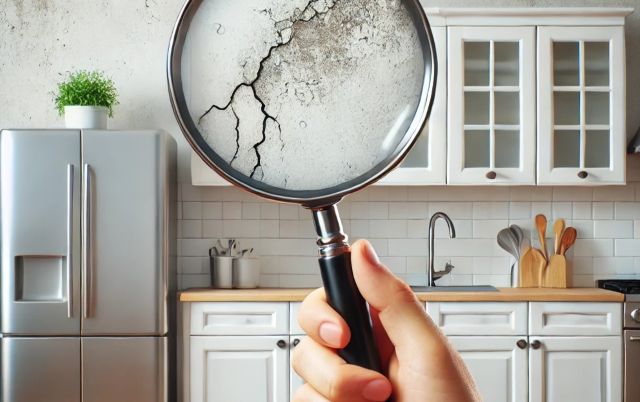Hidden Dangers in Water-Damaged Homes: Mold and Actinomycetes

Actinomycetes are a group of Gram-positive bacteria that occupy an intermediate position between bacteria and fungi. They form branched filamentous structures resembling mold mycelium and are capable of producing spores. While many species of actinomycetes are found in nature and play a role in the decomposition of organic matter, some strains can be pathogenic and pose a health risk when they begin to proliferate in the indoor environment.









